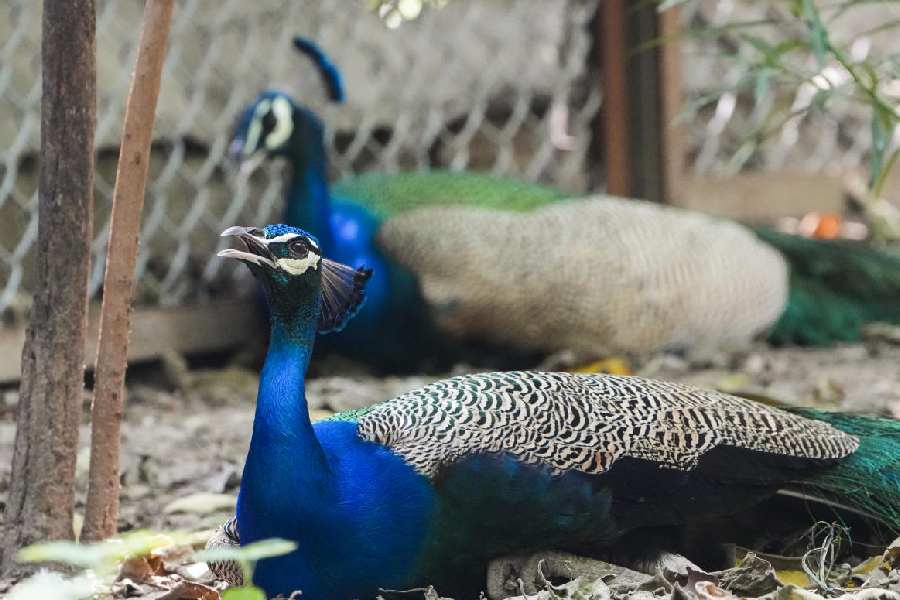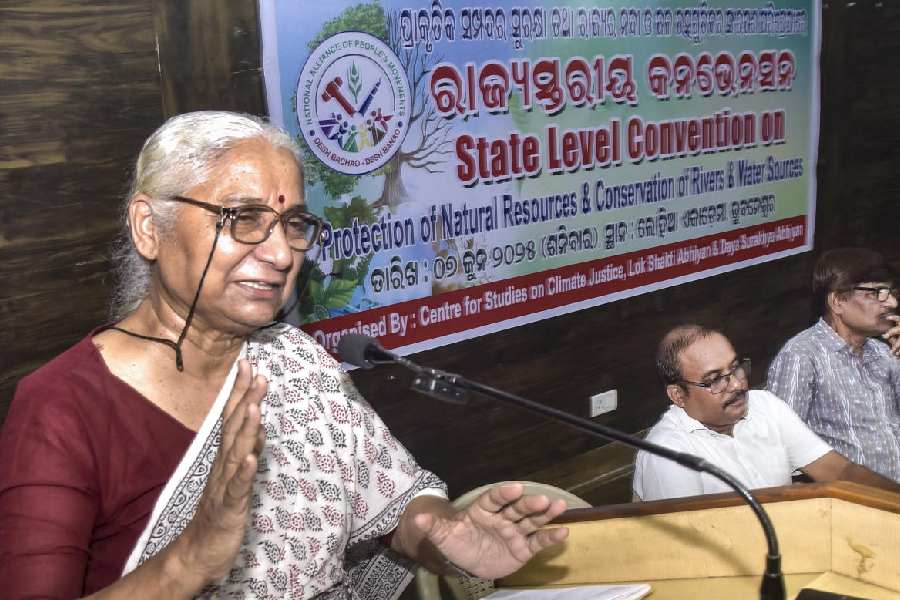 |
| The central team at Nathu-la. Picture by Pema Leyda Shangderpa |
Nathu-la, May 11: Trade should make it across Nathu-la before the snow seals the ancient Silk Route this winter.
September has been set as the tentative date for reopening of trade between India and China after almost 43 years along Nathu-la in Sikkim, according to the high-powered inter-ministerial team that is on a recce of the border outpost.
While the decision on the date still awaits finalisation, the team, led by additional secretary of national security council S.D. Pradhan and joint secretary in the Union home ministry H.S. Brahma, today pointed out to the Sikkim government that they were looking towards a marginal ?localised? trading activity to begin during the initial phase of the reopening of the trade route.
?Localised? trade means that goods can be exchanged only for local consumption within Sikkim and the areas in close proximity to the mart that has been identified for business across the India-China border.
It has also been proposed that initial trading be permitted only for local residents of Sikkim, a policy that is likely to be changed later.
Speaking to The Telegraph yesterday, Pradhan had said they were looking for a time frame within which border trade between the neighbours could be resumed at the earliest.
This is the first visit of a high-level team since an agreement on reopening of the famed trade route was reached in 2003 between former Prime Minister Atal Bihari Vajpayee and Chinese Premier Wen Jiabao.
Early this morning, the team flew to Nathu-la in a Border Security Force chopper and identified Sherathang village, some 7 km before Nathu-la in east Sikkim, as the trade hub on this side of the border.
Rinchingang, around 8 km from the international border, is the site of the mart on the Chinese side.
This means that initial trading will be carried out within a 15-km stretch between the two countries.
The goods trucks, it was learnt, would be escorted by the Indo-Tibetan Border Police throughout the 7-km stretch to Sherathang. Trade across the border will, however, have to close before sunset.
The state public works department (roads & bridges) has also been identified as the nodal agency for infrastructure development while the state commerce and industries department is the nodal agency for the entire border trade.
The team also inspected sites where necessary infrastructure like customs and immigration offices, money exchanges, and transport and communication centres would come up. The initial funds for infrastructure development could be made available under the Border Area Development Programme.
The Indian Army, meanwhile, has agreed to hand over the land ? which it currently occupies ? at Sherathang to the state government which will compensate the army with another plot that has been identified between Kupup and Sherathang.
The 10-acre plot is currently occupied by the transport company of the Indian Army to house the mules used in transporting rations.
The central team, comprising senior officials from ministries of defence, external affairs, home affairs, customs, Indo-Tibetan Border Police and the Research and Analysis Wing, has said it will pursue the matter with the Union environment ministry so that the new land can handed over to the army within the next 15 days. The group is expected to return to Delhi tomorrow.
At a meeting held with the central team members this evening, officials of the Pawan Chamling government are said to have committed themselves towards meeting the September deadline.
The state government will also hand over a detailed project report to the Centre by mid-June. The report is being prepared by a study group constituted by the state government and led by the chief economic advisor to the Sikkim chief minister and Jawaharlal Nehru University professor Mahendra P. Lama.










